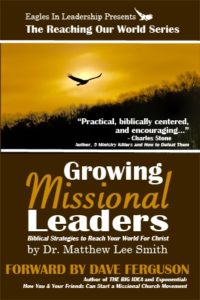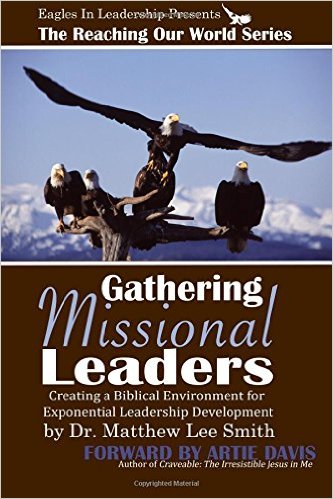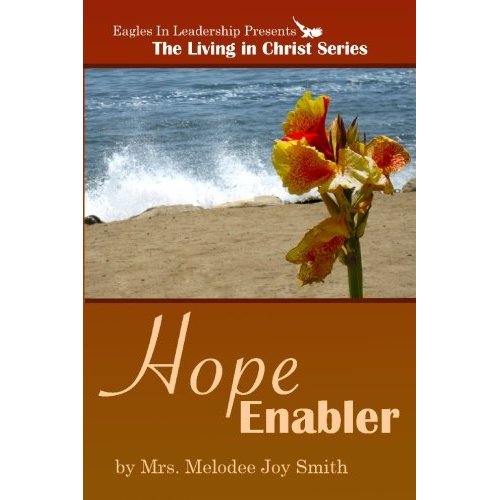 An Overview Article on
An Overview Article on
Will Your Congregation Still Exist Ten Years from Now?
Factors That May Impact your Survivability, Vitality, and Vibrancy
By George Bullard
Strategic Leadership Coach with The Columbia Partnership
Voice: 803.622.0923, E-mail: GBullard@TheColumbiaPartnership.org
Web Site: http://www.TheColumbiaPartnership.org
Editor’s Note: We welcome George Bullard to EaglesInLeadership.org today. If you find this article of help, we encourage you to check out more at his website. We believe this article will be a great help to church leaders.
North America has at least 350,000 congregations. Best estimates indicate one percent of these congregations close each year. In ten years 35,000 congregations will no longer exist. Will your congregation be one of them?
What is the survivability quotient of your congregation?
Congregations die for various reasons. It is not just from old age and the lack of attendance and resources; although these may be the biggest contributors to the closure of congregations. A certain number of new congregations fail to thrive. Some die within the first two years, while others survive for six to ten years before they are declared unsuccessful. Merger is a choice in some situations. When two or three congregations merge there are one or two fewer congregations.
What if we were to expand the definition of exist? What if it included not only those congregations who are no longer alive, but also those congregations who lose their vitality? Congregational vitality is the capacity to create and sustain meaningful Christ-centered, faith-based existence that focuses more on being on mission than on maintenance. How many congregations lack vitality? A bunch! Coming up with an actual number is impossible. It must be determined one congregation at a time.
Many congregations struggle with vitality. Rather than being clear about their mission, purpose, values, and vision, they are stuck on the ritual habits or patterns of doing church. They act like cultural enclaves or hospice ministries. While the quality of what they do may be acceptable, the vast majority of their decisions and actions are based on their past to present culture and rather than a sense of the new thing God is doing in their midst.
What is the vitality quotient of your congregation?
Dare we expand the definition of exist one more dimension? What if it included not only those congregations who are no longer alive or who lose their vitality, but also those congregations who lose their vibrancy? Congregational vibrancy exists when a congregation expresses obvious passion around its vision for a future that captivates its spiritual imagination. This vision energizes the disciplemaking processes and missional actions of these congregations. They know who they are under God, where God is leading them, and they are intentionally moving in the direction of their current spiritual discernment.
Congregations who lack vibrancy begin to age as organisms and in the demographics of the people who attend. While they are a long way from closing their doors, they are on the side of the congregational life cycle that leads to non-existence. Any congregation more than 20 or so years old is always ten years or less away from losing their vibrancy. How many congregations is this? It is all congregations who are at least a generation old.
Deep transition and change is necessary each decade for congregations to retain their vibrancy. Too many congregations assume the way they operated during their first generation of life will sustain them forever. Too many congregations assume if they transform after their first generation of life the new focus will sustain forever. Too many congregations are wrong about this.
What is the vibrancy quotient of your congregation?
Survivability, vitality, and vibrancy quotients are crucial for congregations. Vision, leadership, intentionality, expectations, tenure and age of members and regular attendees, generosity, worship, conflict capacity, balance of financial allocations, condition of facilities, and the ability of management systems to empower rather than control, all impact these quotients.
Current efforts focus on 25 factors and suggest three dimensions for each factor. One dimension leads to closure for the congregation, one represents a lack of vitality, and one is the evidence of vibrancy.
For example, no apparent clarity on values leads to closure, fuzzy core values leads to a loss of vitality, and clear core values lead to vibrancy. However, no one factor decides. It is the synthesis of multiple factors.
Wonder where your congregation is on these 25 factors? Wonder what your survivability, vitality, and vibrancy quotients might be? You can see the 25 factors at http://www.BullardJournal.org and then make contact for dialogue at GBullard@TheColumbiaPartnership.org.
[George Bullard is a Ministry Partner and the Strategic Coordinator for The Columbia Partnership at http://www.TheColumbiaPartnership.org. He has been consulting with and coaching congregations and denominations for 35 years.]











